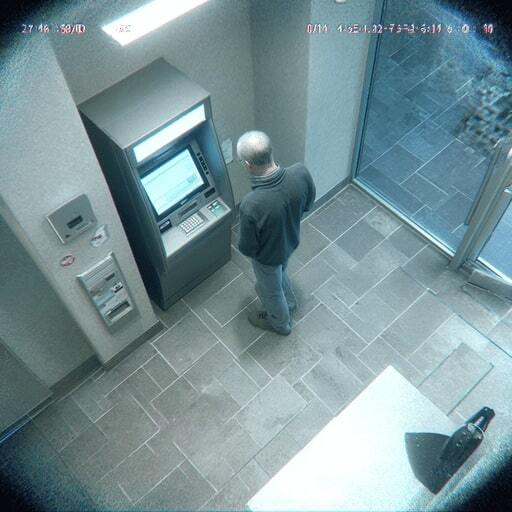Spot Gold $GLD ( ▼ 1.81% ) trending sharply upward to record highs.
Gold Miners ETF $GDX rising much slower or staying relatively flat.
The widening gap between the lines is the key story.

Look at that divergence. Gold hit record after record through 2025. The metal itself surged to historic highs quarter after quarter.
But mining stocks? They barely moved.
That gap doesn't stay open forever.
A Spread That Always Closes

Spot gold $GLD broke through all-time highs repeatedly in 2024 and 2025, topping over $4,300 per ounce in October 2025.
By Q3 2025, quarterly demand hit another peak driven by massive ETF inflows and safe-haven buying.
Gold miners' ETF $GDX still trades at a discount to where it should be based on historical patterns.
This spread always closes. Miners eventually catch up to the metal. The question isn't if, it's when.
Why This Works
Mining companies don't move 1-to-1 with gold prices. They move faster.
Here's the math: when gold prices rise 10%, a mining company's profit can jump 50% or more.
Why? Because their costs stay mostly fixed. Labor, fuel, equipment—these don't swing with gold prices. But revenue does.
So when gold climbs, for example, that $200 increase flows almost entirely to the bottom line. The operational leverage amplifies every dollar of price movement.
Q1 2025 saw 1,206 tonnes of demand, the strongest first quarter since 2016. Q2 pushed higher to 1,249 tonnes, up 3% YoY.
In dollar terms? Up 45% to $132 billion. Q3 delivered record demand as geopolitical uncertainty, dollar weakness, and FOMO drove institutional buying.
All that demand pushed prices higher. And higher prices mean fatter margins for producers.
The Reaction Lag
Investors don't think clearly during market stress. They panic-buy the metal first.
Physical gold, ETFs, bars, coins—anything tangible that feels safe.
The numbers prove it. North American ETF inflows hit $21 billion in the first half of 2025 alone, tracking toward their second-best year ever. Central banks bought over 1,000 tonnes in 2024 for the third straight year.
Only later do investors remember the companies actually digging gold out of the ground. That's when mining stocks play catch-up. And when they do, the move can be violent.
The lag creates the opportunity. Right now, we're in that window.

Crash Expert: “This Looks Like 1929” → 70,000 Hedging Here
Mark Spitznagel, who made $1B in a single day during the 2015 flash crash, warns markets are mimicking 1929. Yeah, just another oracle spouting gloom and doom, right?
Vanguard and Goldman Sachs forecast just 5% and 3% annual S&P returns respectively for the next decade (2024-2034).
Bonds? Not much better.
Enough warning signals—what’s something investors can actually do to diversify this week?
Almost no one knows this, but postwar and contemporary art appreciated 11.2% annually with near-zero correlation to equities from 1995–2024, according to Masterworks Data.
And sure… billionaires like Bezos and Gates can make headlines at auction, but what about the rest of us?
Masterworks makes it possible to invest in legendary artworks by Banksy, Basquiat, Picasso, and more – without spending millions.
23 exits. Net annualized returns like 17.6%, 17.8%, and 21.5%. $1.2 billion invested.
Shares in new offerings can sell quickly but…
*Past performance is not indicative of future returns. Important Reg A disclosures: masterworks.com/cd.

How to Play This

Conservative approach: $GDX (VanEck Gold Miners ETF)
This holds the big, stable producers—Newmont, Barrick Gold, and similar names. These companies have proven reserves, steady production, and balance sheets that can weather volatility. Lower risk, but meaningful upside when the spread closes.
Aggressive approach: $GDXJ (Junior Gold Miners ETF)
Smaller companies with higher operational leverage. More volatile, less established, but positioned to rocket higher if gold sustains these levels.
Junior miners tend to outperform when the sector turns hot.
The setup is clear. Gold demand hit records throughout 2024 and into 2025. Investment flows dominated—ETFs, bars, coins, central bank buying. Jewelry demand weakened under price pressure, but institutional appetite more than compensated.
Prices climbed quarter after quarter. Miners' costs stayed flat. The profit margin expansion is already happening in their financials.
The spread won't stay this wide. It never does.







